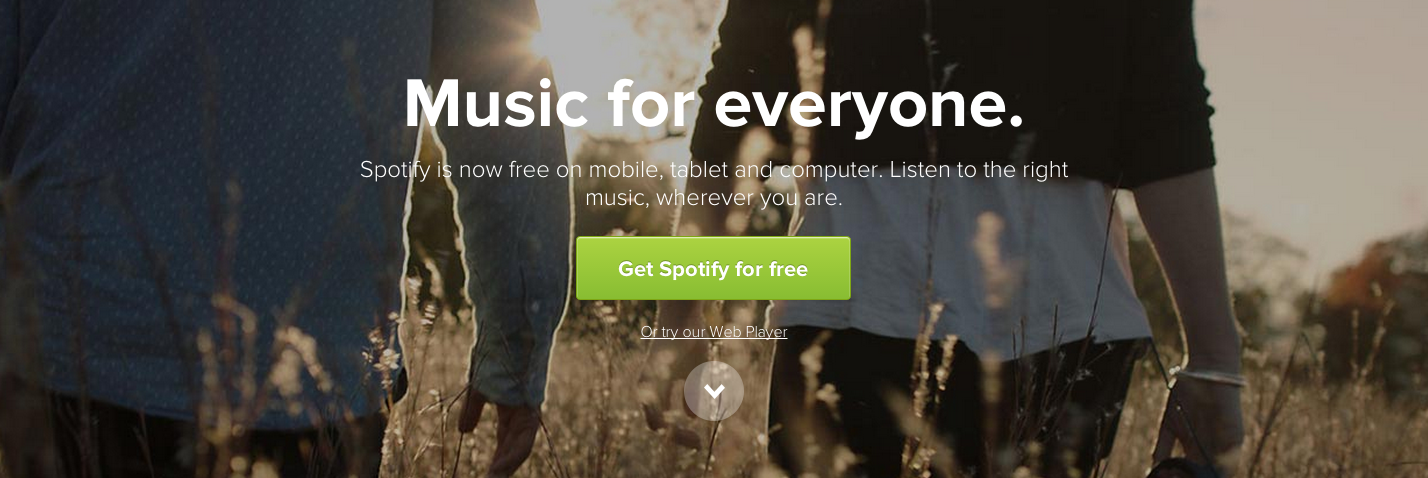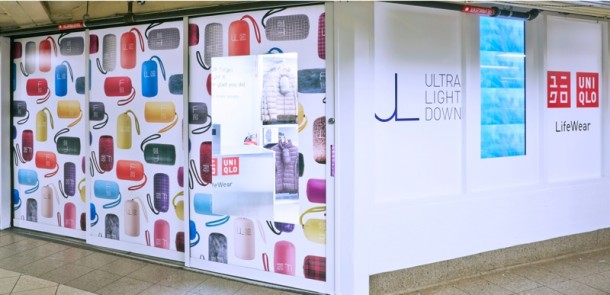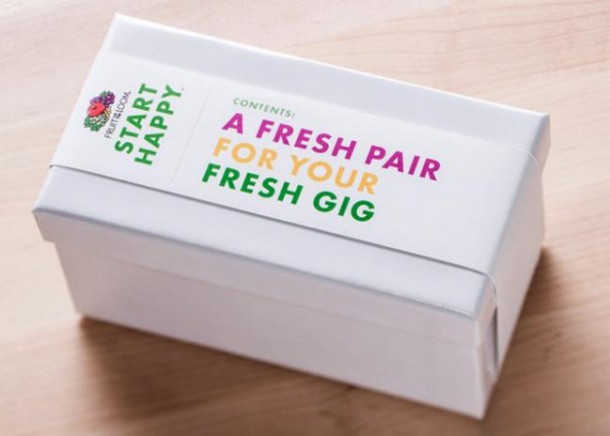WHY CONSUMERS WILL FOREVER LOVE FREE.
From great gear to stellar services, there are very few people who don’t love free. Free love is the ongoing rise of valuable, free stuff that’s available to consumers, both online and offline. Consumers’ attention is scarce, and free love thrives on the all-out war to gain our awareness and our business.
Free love is not a new idea. The origination of freebies or free samples dates as far back as the 19th century when Benjamin Babbitt was one of the first known retailers to offer free samples of his soap. Free still captures attention because it gives consumers the opportunity to try something new with very low risk involved.
Take Chris Anderson’s Freemium business models for example. His six ‚Äòfree’ business models are based off the idea that once a customer experiences a great product or service for free, they are happy to pay for upgrades and premium features. Think about services like Skype or Spotify and mobile games like Candy Crush and Farmville; once you start it’s easy to see how paying for premium features or power-ups can be appealing. The notion of “free” has become even more powerful in the online world.

Let’s look at Spotify. The standard account lets users stream music from Spotify’s collection of millions of songs for free from a computer when connected to the Internet— great. But for $9.99 a month, premium account holders can play any song, anywhere. They can download music, listen offline and avoid the audio ads that make the free version possible. Spotify also gets those on the fence hooked by offering a free 30-day trial of Spotify Premium.
Think about how to maximize the impact of free by guaranteeing that your brand gets something in return. Require recipients to use social media to spread the word about your generosity. When it comes free, be mindful about how a free offer related to your brand, product or services can boost your brand’s awareness. Free changes how consumers perceive and value your product, so be sure to test the free-centric programs with your customers and see how they can work for you.
Examples of this trend:
Uniqlo: Japanese retail chain Uniqlo opened a pop-up store inside New York’s Union Square subway station. For each purchase, customers were given a free Metro Card worth $5. The store was stocked with a selection of seasonal products and was open from October 2013 – January 2014.
Downy and ZzzQuil Sleep Fest: During National Sleep Awareness Week, Proctor & Gamble hosted the Downy and ZzzQuil Sleep Fest at New York City’s Penn Station. The event featured beds made with fresh Downy-laundered sheets showing the benefits of scented laundry, with free samples distributed to commuters. Sleep experts and interior designers were on hand to give advice on how to maximize sleep and relaxation in the bedroom.
Fruit of the Loom: A fresh pair for a fresh gig. Fruit of the Loom launched a promotion in the fall of last year to give 25,000 LinkedIn users a fresh pair of underwear. Based on the idea that good-fitting underwear starts the day off in a positive way, US-based members who had started a new job within the past 30 days received a message inviting them to sign up for a free pair of underwear. Invitees who shared the campaign via social media received a $5 coupon.

